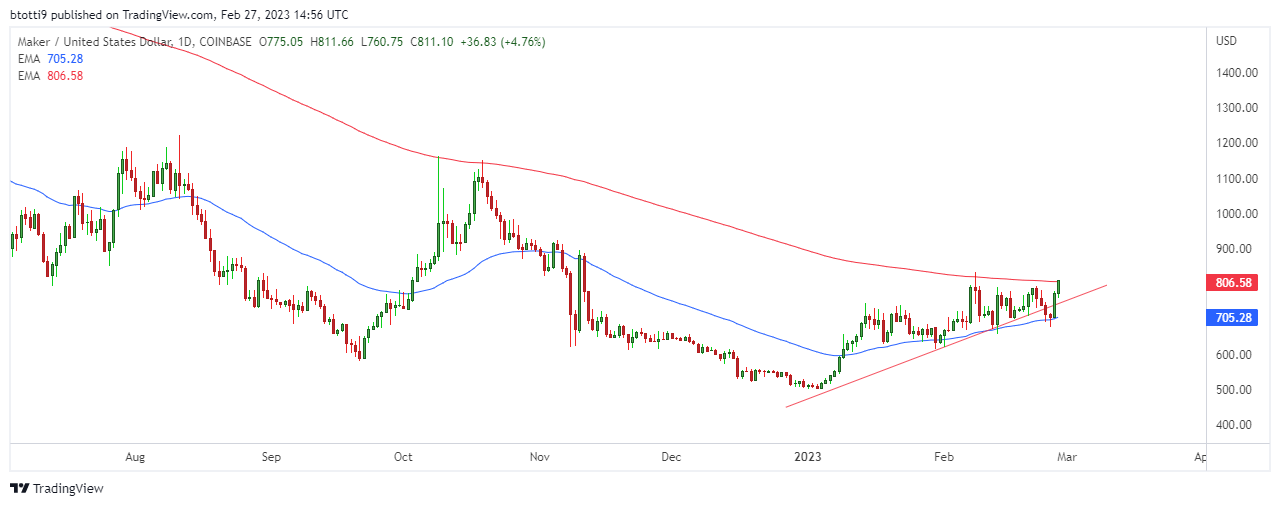- Binance reportedly moved the funds between August and December 2022.
- A Forbes report claims Binance sent the money to various hedge funds and platforms, including Cumberland, Alameda Research and Tron.
- CSO Patrick Hillmann says there was no commingling of funds.
Binance reportedly moved more than $1.8 billion in customer funds to different firms, sending them to various hedge funds in a move that was “eerily similar” to what happened before the collapse of FTX.
Per the Forbes report published on Monday 27 February, the commingled funds were collateral to Binance-peg tokens, particularly for the stablecoin USD Coin (USDC). The exchange moved the funds without its customers’ knowledge, and involved transactions from around mid-August to early December 2022, the report added.
Binance sent customers’ funds to multiple firms
Ostensibly, the exchange moved roughly $1.1 billion of its customers’ funds to crypto trading platform Cumberland, a subsidiary of DRW. The trading firm might then have helped convert the funds to Binance USD (BUSD), a stablecoin that was the main trading pair on the Binance exchange.
As reported earlier this month, BUSD issuer Paxos was ordered to stop minting the stablecoin and today, crypto exchange Coinbase announced it would be halting support for BUSD on 13 March 2023.
Apart from Cumberland, other firms that reportedly received customer funds from Binance were digital assets firm Amber Group, FTX subsidiary Alameda Research, and Tron. Binance sent millions of dollars worth of collateral to these companies too.
Earlier this year, Binance acknowledged it had mistakenly stored customers’ funds into the same wallet it keeps collateral for B-tokens. On the events described in the latest report, CSO Patrick Hillmann said what happened before is “normal business” and that there had been no such thing as commingling of funds.
The post Binance moved $1.8B of customer funds in a move similar to FTX: report appeared first on CoinJournal.

